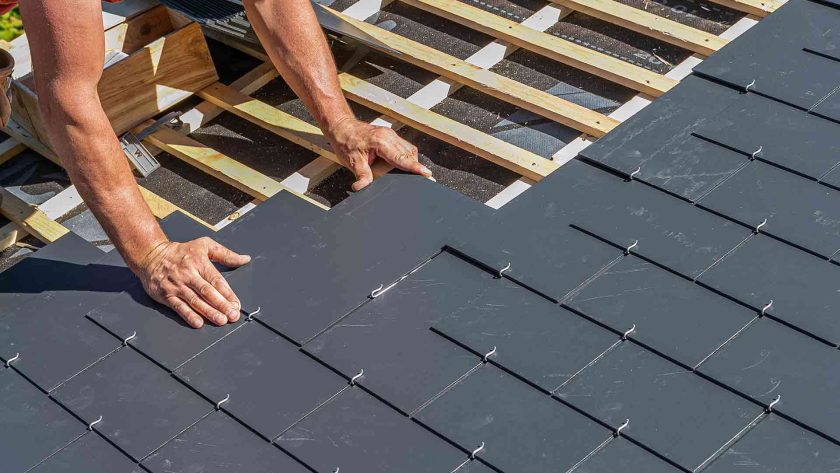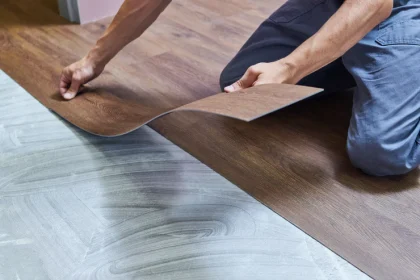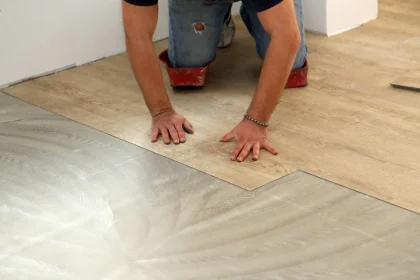Slate roofs are often praised for their beauty, durability, and timeless appeal. If you’ve ever admired historic homes or elegant, luxury buildings, chances are you’ve seen slate roofing up close. But as attractive as these roofs are, homeowners usually have one critical question: “How long does a slate roof last?” Let’s dive into the details to find out exactly how long slate roofing lasts, what factors impact its lifespan, and if it’s worth the investment.
Understanding Slate Roof Lifespan
Slate roofs are among the most durable roofing options available, known for significantly outlasting alternatives like asphalt shingles or wood shakes. Typically, a slate roof lifespan ranges from 75 to 200 years, but certain types can even surpass this incredible longevity when well-maintained.
Natural Slate Roof Lifespan: Hard vs. Soft Slate
When considering slate roof durability, it’s important to differentiate between hard slate and soft slate. Hard slate roofs are exceptionally robust and can last over 150 years, making them a superb choice for homeowners aiming for longevity. In contrast, soft slate roofs, while still impressively durable, typically have a shorter lifespan, averaging between 75 to 125 years.
Historically, hard slate roofs are favored on prestigious buildings and historic properties due to their premium resilience against harsh weather conditions. Soft slate, being less dense, requires careful selection and regular roof maintenance practices to achieve optimal longevity.
Factors Affecting Slate Roof Longevity
The longevity of your slate roof depends on multiple factors, ranging from material quality to environmental impacts.
Slate Tile Installation Quality
The expertise of your roofing contractor plays a critical role. Proper installation ensures your slate roof performs optimally, minimizing the risk of premature damage. Poorly installed roofs may suffer from leaks, tile shifting, and cracks, drastically shortening their lifespan.
To guarantee optimal results, always opt for certified roofing contractor expertise, particularly those specializing in slate tile installation.
Climate and Weather Conditions
Your roof faces daily exposure to weather elements, which significantly impacts its durability. Slate roofs are highly weather-resistant roofing options, capable of withstanding harsh climates, heavy rain, snow, and intense sunlight. However, continuous exposure to freeze-thaw cycles can challenge even the toughest slate tiles over decades.
Regular roof inspections and preventative maintenance help mitigate these risks, ensuring your roof stays strong through seasonal extremes.
Roof Maintenance Practices
Proper slate roof maintenance directly extends its lifespan. Though slate requires relatively little care, consistent upkeep remains essential. Periodic inspections for broken tiles, cracked slate, and compromised flashing allow early repairs, helping your roof maintain its integrity for many decades.
Slate roof care tips include annual or bi-annual checks, gutter cleaning, and immediate repairs following severe storms or weather events.
Signs of Aging and When to Replace a Slate Roof
While slate roofing longevity is impressive, no roofing material lasts forever. Recognizing slate roof aging signs helps you take timely action.
Common Aging Signs in Slate Roofing
-
Cracked or Missing Tiles: Regular inspections can identify tiles that have become brittle, chipped, or entirely detached from your roof.
-
Delamination: Slate tiles may split into layers, weakening their structural integrity and necessitating replacement.
-
Leaks and Water Damage: Any signs of water infiltration in your attic or upper floors indicate immediate roofing issues.
Once you notice these aging signs frequently appearing, it might be time to consider slate roof replacement timeline and plan accordingly.
Slate Roof vs. Other Roofing Materials: A Lifespan Comparison
When compared to other roofing materials, slate is undeniably superior in terms of durability:
-
Asphalt shingles: Average lifespan of 20 to 30 years.
-
Wood shingles and shakes: Typically last between 30 and 50 years.
-
Metal roofing: Can last between 40 to 70 years.
Clearly, slate roofing longevity outpaces these alternatives significantly, establishing slate as an ideal choice for homeowners who prioritize long-term reliability over upfront cost savings.
Cost vs. Longevity: Is Slate Roofing Worth It?
Slate roofing typically costs more upfront than other materials, raising the question: “Is it worth the investment?”
The answer depends on long-term perspective. Slate roofs offer substantial benefits over their extensive lifespan, often exceeding a century. The initial cost is balanced by decades of reduced replacement frequency, minimal maintenance requirements, and significant value addition to your property. Especially for historic building roofing or luxury homes, slate roofs greatly enhance resale value due to their premium roofing solutions and visual appeal.
For eco-conscious homeowners, slate is also one of the most sustainable, eco-friendly roofing materials available. Its natural composition means minimal environmental impact, unlike synthetic roofing alternatives.
Case for Slate: Real-Life Examples
Consider historical buildings that have stood the test of time. Many European castles, cathedrals, and Victorian homes have slate roofs still in excellent condition after more than a century. These real-world examples underscore slate’s unmatched potential for durability.
Even today, heritage conservationists and roofing experts continue to recommend slate for preserving architectural integrity in historic areas, precisely because of its longevity and minimal environmental impact.
Slate Roof Care Tips for Maximizing Lifespan
To help your slate roof reach its maximum potential, follow these practical maintenance steps:
-
Annual Roof Inspection Checklist: Inspect regularly for damaged tiles, cracks, or leaks.
-
Cleaning Gutters and Valleys: Ensure gutters are clear of debris to prevent water buildup.
-
Avoid Foot Traffic: Minimize walking on the slate roof, as unnecessary pressure can cause tiles to crack.
-
Quick Repairs: Address any problems immediately with professional assistance to maintain structural integrity.
Regularly adhering to these simple roof maintenance practices can easily add decades to your slate roof lifespan.
Professional Advice from Roofing Experts
Leading roofing specialists emphasize the importance of professional installation and consistent care. According to experienced roofing contractors, the combination of quality materials, expert installation, and ongoing maintenance are the three critical pillars ensuring maximum slate roofing longevity.
If you’re considering installing a slate roof or need advice on maintaining your current one, always consult reputable roofing professionals. Their expertise can provide personalized recommendations based on your roof’s specific requirements, climate conditions, and property type.
Conclusion: Investing in a Slate Roof for Lifelong Durability
In answering “How long does a slate roof last?” it becomes evident why slate roofing remains a premium choice among homeowners and historic property conservators. With lifespans ranging from 75 to over 200 years, slate roofing’s unmatched durability easily justifies its initial investment. Its exceptional resistance to weather conditions, eco-friendliness, and minimal maintenance needs reinforce slate as a roofing material capable of lasting generations.
Ultimately, choosing slate roofing isn’t just about enhancing your home’s aesthetics—it’s an investment in quality, heritage, and peace of mind, guaranteeing decades of reliable protection and timeless elegance.





